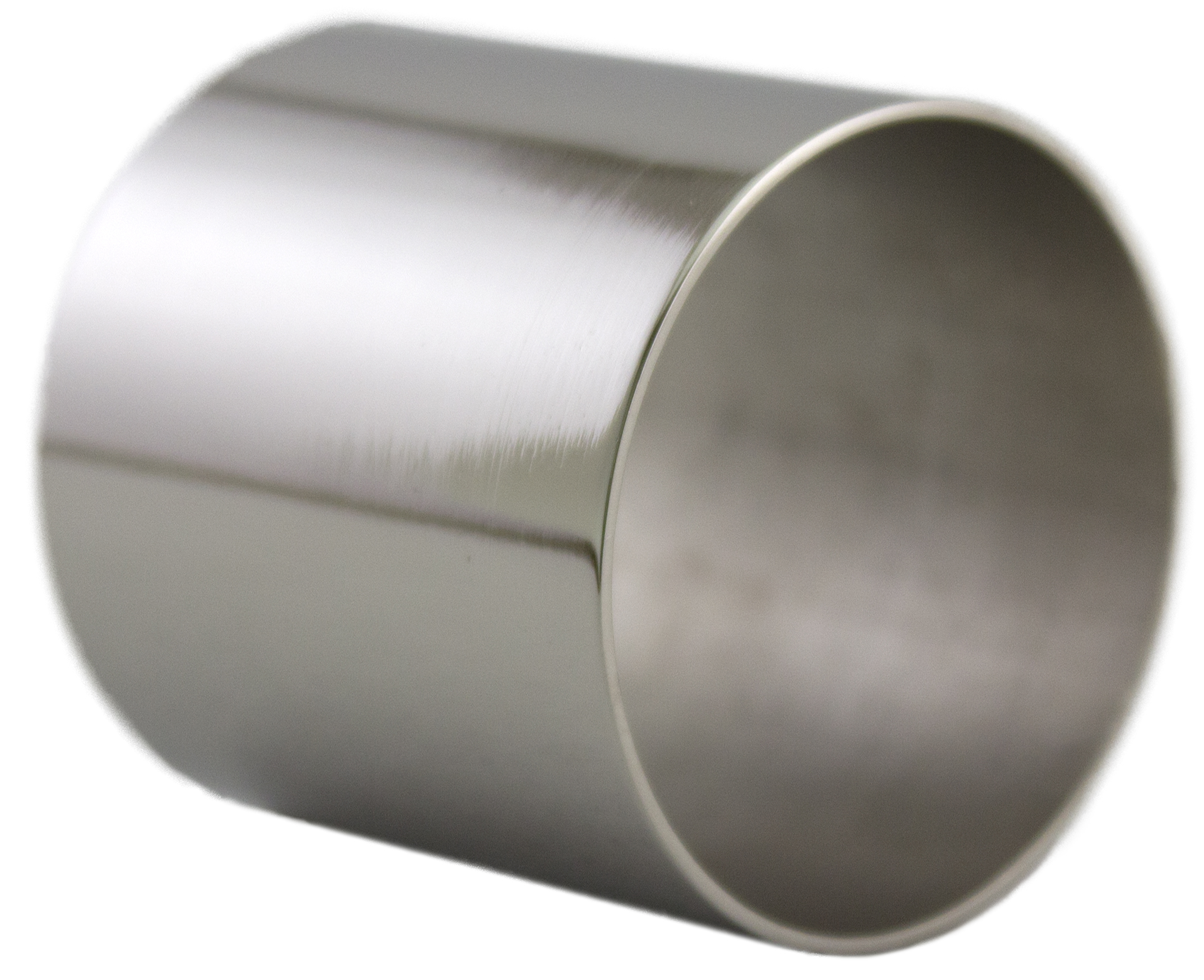Nickel Plating
Nickel plating is a highly useful engineered coating with both decorative and industrial uses. The first chemically sound nickel plate was described around 175 years ago in 1843. However, the field of electroplating in general, and nickel plating in particular, sprung to life after O.P. Watt's introduction of the famous "Watts-Nickel" bath in 1915. This iconic bath, albeit modified, is still in use today and first established a truly stable "high-speed" plating environment. Since the beginning days of nickel plating, vast improvements have been made to the chemistry of nickel plating baths. Today, nickel is one of the most diverse, customizable, and useful coatings available to engineers and product designers and finds extremely wide-range use among industrial and manufacturing applications.
A Square offers three specialized nickel finishes and is fully equipped to serve any customers nickel-plating requirements: bright, sulfamate, and electroless. Our finishes can be tailored to maximize solderability, ductility, corrosion resistance, hardness, brightness, and much more. In addition, nickel is particularly suited to serve as an underlayment between our precious metal finishes and the base material of the part. For example, copper diffusion into gold or silver is nearly eliminated with the inclusion of an underpayment of nickel. Any one, or a combination of our three finishes can be utilized for this purpose. Contact our engineering team and we will be happy to develop a nickel finish that suits your particular project and its inherent material requirements.
BENEFITS OF Nickel PLATING
- Extremely versatile
- Great Conductivity
- Great to excellent corrosion resistance
- Excellent diffusion barrier
- Good to great solderability
- Brilliant bright-white luster (bright nickel)
- Highly reflective
- Electroless finishes available

DRAWBACKS OF NICKEL PLATING
Nickel is a semi-precious metal. As a result, it demonstrates phenomenal material properties. However, depending on the specifics of the project there could be potential drawbacks when utilizing this metal finish:
- Cost: Rising commodities prices have had a large impact on the silver market price. Thus, for some projects it is no longer economical to plate the entire part. A Square combats this challenge by engineering state of the art fixtures and methods to selectively plate only the portion of the part that absolutely needs silver plating. This helps to greatly reduce the material cost per piece.
- Bright vs. Ductile Tradeoff: Bright nickel deposits tend to be harder and more brittle than their ductile matte counterparts. In an application requiring both bright and ductile deposits, tin may be a better choice of finish.
- Nickel Allergies: Some individuals are highly allergic to nickel and nickel alloys. Application involving contact with skin should have an inert metal plated as the final coat over a nickel underlayment.
NICKEL FINISHES
Nickel plating is available at A Square in all finishes from matte to bright. We operate both sulfate and sulphamate electroplated baths as well as electroless nickel baths.
- Matte
- Semi-Bright
- Bright
PLATING SPECIFICATIONS
- QQ-N-290
- AMS 2404
- ASTM B-689
- ASTM B-733
- MIL-C-26074
- Customer directed specifications
We have the capability to plate nickel to a wide-variety of industry standard and customer directed specifications. We maintain a variety of nickel baths to fully suit our customers needs. Further, we have the flexibility to fully adapt to our customers plating requirements.
PLATING METHODS
- Rack Plating
- Barrel Plating
- Selective Plating
PROPERTIES OF NIckel
- Appearance: Silvery-White Metal
- Vickers Hardness: 638 MPa (22.2 HRC)
- Conductivity (Thermal): 91 W/(m·K)
- Resistivity (Electrical): 69.3 nΩ·m
- Density: 8.9 g/cm3 (.32 lb/in3 )
- Melting Point: 1455 °C (2651 °F)
- Atomic Weight: 58.96 g/mol